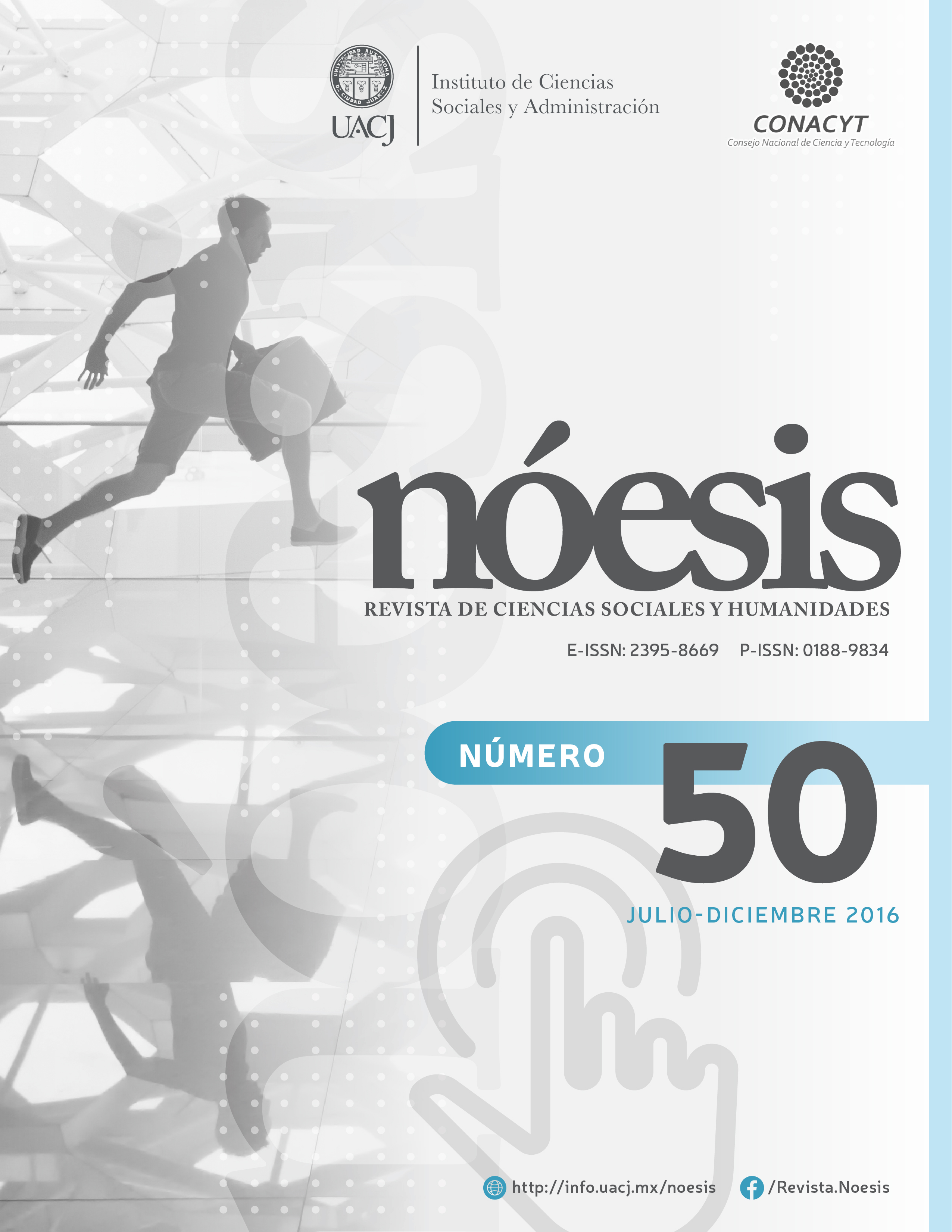La extensión tripartita de la teoría dual de razonamiento y sus repercusiones para las investigaciones sobre el autismo
Contenido principal del artículo
Resumen
Stanovich (2012) propone ampliar con un tercer ámbito la conocida teoría dual de razonamiento. Su finalidad fundamental con tal extensión es, mediante una clara distinción entre inteligencia y racionalidad, plantear un marco desde el que poder entender las diferencias en el razonamiento de los individuos. Puesto que se han presentado explicaciones del funcionamiento cognitivo de las personas diagnosticadas con autismo en función de la teoría dual, parece apropiado actualizar tales explicaciones mediante el modelo tripartito de Stanovich. Dicha labor se realiza en este trabajo teniendo en cuenta las orientaciones que ofrece la perspectiva de la neurodiversidad.
Descargas
Detalles del artículo

Esta obra está bajo una licencia internacional Creative Commons Atribución-NoComercial-CompartirIgual 4.0.
Citas
American Psychiatric Association. 1994. Diagnostic and statistical manual of mental disorders (4th ed.). Washington DC: American Psychiatric Association.
Anderson, Mike. 2005. Marrying intelligence and cognition: a developmental view. En Cognition and Intelligence, editado por Robert J. Sternberg y Jean E. Pretz, pp. 268-287. Nueva York: Cambridge University Press.
Armstrong, Thomas. 2011. The power of neurodiversity: unleashing the advantages of your differently wired brain. Cambridge: DaCapo Lifelong/Perseus Books.
Bermúdez, José. 2001. Normativity and rationality in delusional psychiatric disorders. Mind and Language, 16: 457-493.
Evans, Jonathan. 2008. Dual-processing accounts of reasoning, judgement, and social cognition. Annual Review of Psychology, 59: 255-278.
Evans, Jonathan. 2009. How many dual-process theories do we need? One, two or many? En In two Minds: Dual Processes and Beyond, editado por Jonathan Evans y Keith Frankish, pp. 33-54. Oxford: Oxford University Press.
Evans, Jonathan, y Peter Wason. 1976. Rationalization in a reasoning task. British Journal of Psychology, 67: 479-486.
Kahneman, Daniel. 2000. A psychological point of view: violations of rational rules as a diagnostic of mental processes. Behavioral and Brain Sciences, 23: 681-683.
López-Astorga, Miguel. 2011. La falacia de la conjunción y la contextualización en el autismo. Estudios Pedagógicos. 37 (1): 279-291.
Morsanyi, Kinga, Simon Handley y Jonathan. Evans. (2009). Heuristics and biases in autism: less biased but not more logical. En Proceedings of the 31st Annual Conference of the Cognitive Science Society, editado por Niels A. Taatgen y Hedderik van Rijn, pp. 75-80. Austin: Cognitive Science Society.
Platón. 1945. The Republic. Nueva York: Oxford University Press.
Reyna, Valerie. 2004. How people make decisions that involve risk: a dual processes approach. Currents Directions in Psychological Science, 13:60-66.
Stanovich, Keith. 1999. Who is rational? Studies of individual differences in reasoning. Mahwah: Erlbaum.
Sousa, Ronald de. 2007. Why think? Evolution and the rational mind. Oxford: Oxford University Press.
Stanovich, Keith. 2012. On the distinction between rationality and intelligence for understanding individual differences in reasoning. En The Oxford Handbook of Thinking and Reasoning, editado por Keith Holyoak y Robert Morrison, pp. 343-365. Nueva York: Oxford University Press.
Tversky, Amos y Daniel Kahneman. 1983. Extensional versus intuitive reasoning: the conjunction fallacy in probability judgement. Psychological Review, 90:293-315.
Wason, Peter y Jonathan Evans. 1975. Dual processes in reasoning? Cognition, 3:141-154.
World Health Organization. 1993. International classification of diseases (10th ed.). Ginebra: World Health Organization.

